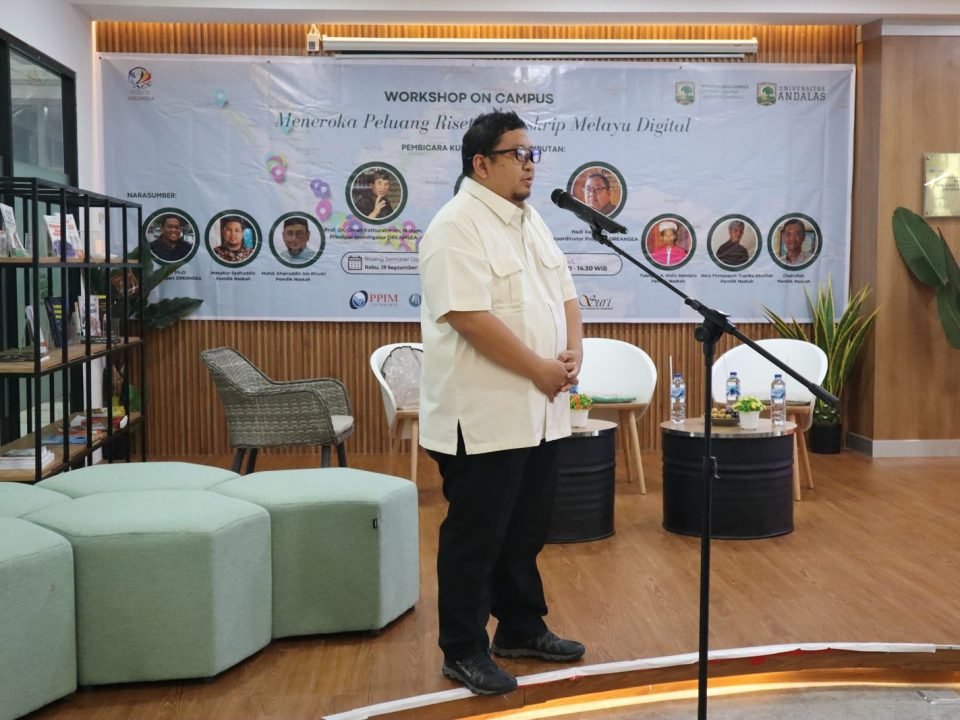Owner: “Some manuscripts have been saved others were burned because they were ruined.”
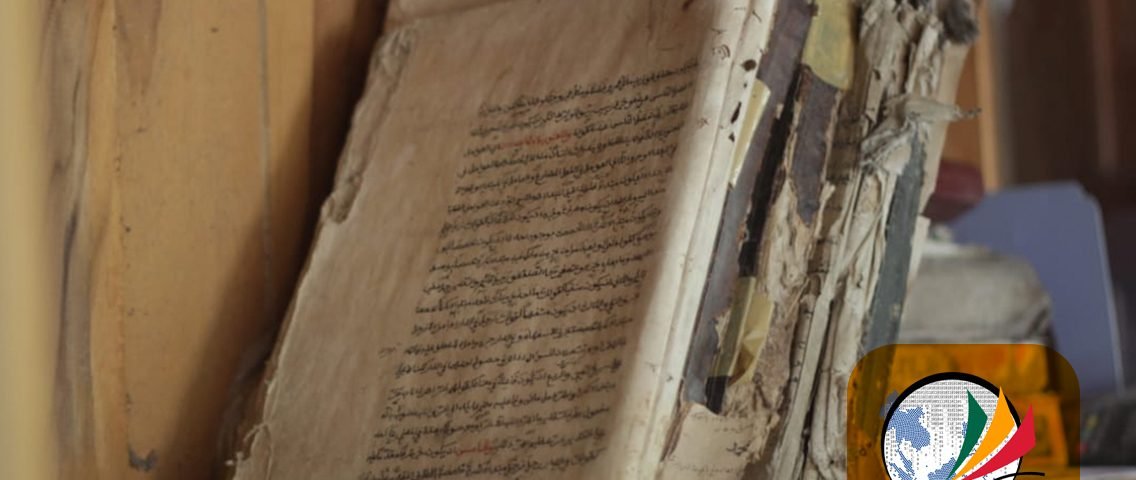
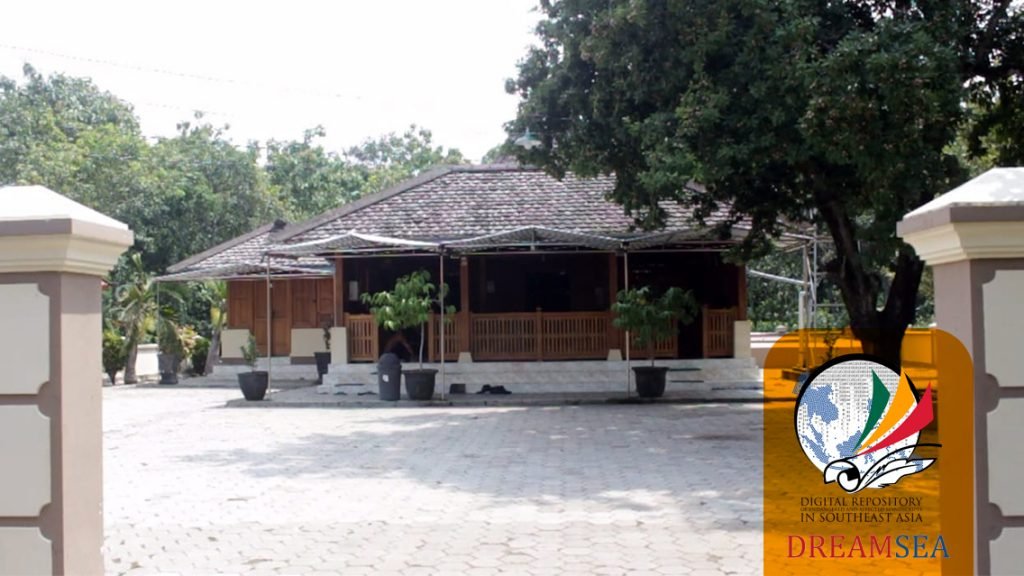
The old mosque – At Taqwa in Magetan
Magetan, DREAMSEA – DREAMSEA’s 11th mission was to Magetan, a city in East Java, Indonesia. Magetan is also called ‘City at the foot of the Mountain’ because it is located at the foot of Mount Lawu. There is an old mosque in Magetan which was built by one of Pangeran Diponegoro’s guards who had fled after the end of the Java War in 1830. It is easy to see that the mosque was made by an ex-soldier of the Java War because of the Sawo Kecik tree in front of the mosque.
“This mosque was built around 1840 by one of Prince Diponegoro’s guards. His name was Kiai Imam Nawawi,” said Kiai Hamid, one of the mosque’s elders.
According to Kiai Hamid, the ancestors left hundreds of manuscripts behind containing a variety of Islamic teachings. However, at present only 18 bundles of manuscripts are still in the mosque. The number of manuscripts dwindled because the mosque became older and older which had a negative effect on the manuscripts that were kept in the mosque and they became ruined.
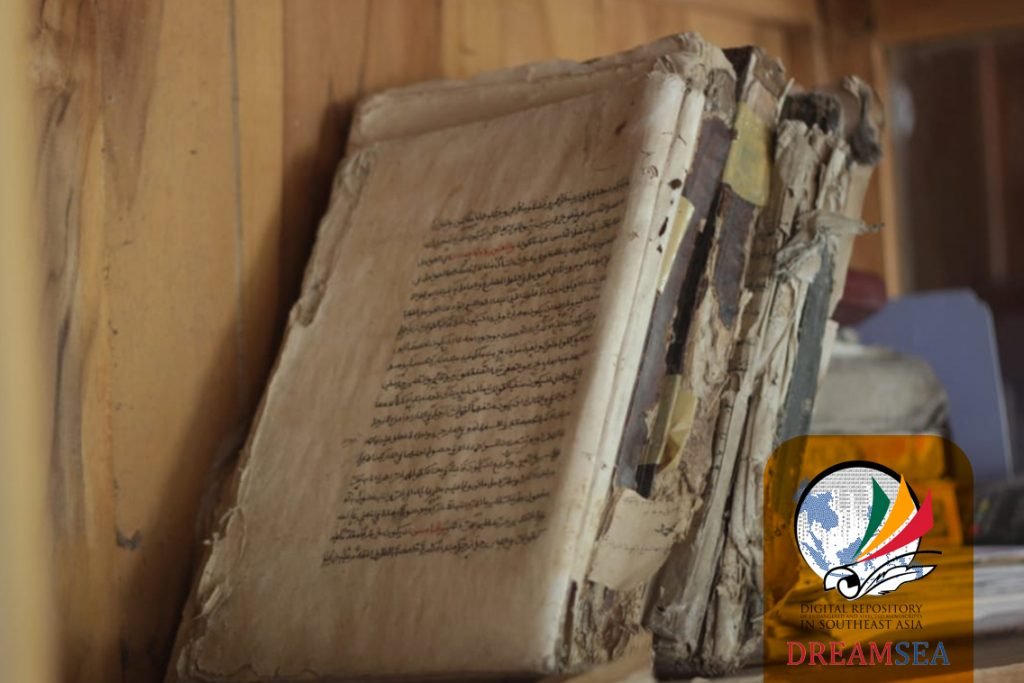
Some manuscripts have been saved others were burned
“Over time the manuscripts disappeared because of the failing condition of the mosque which became unstable and started to leak. Some were saved but others were burned because they were destroyed. After the mosque had been restored in 1997, only 18 manuscripts remained”, said Kiai Hamid.
Although Kiai Hamid is aware of the importance of the manuscripts, he added that he himself had difficulties to preserve them. There is nothing to keep them safe apart from the wooden cupboard at the terrace of the mosque in which they are stored. Now, these culturally protected objects are in a desperate condition and many leaves are torn, damp, have holes in them and the paper has become brittle.
Anticipating the further damage to the manuscripts, the Center for the Study of Islam and Society (PPIM) of Syarif Hidayatullah Jakarta State Islamic University and the Centre for the Study of Manuscript Cultures (CSMC) of the University of Hamburg have taken the initiative to organize a mission the safe them. Through the Digital Repository of Endangered and Affected Manuscripts in Southeast Asia (DREAMSEA) program, both institutions cooperate to preserve the contents of manuscripts by digitising them.
The mission was led by M. Adib Misbachul Islam who is the secretary of the Nusantara Manuscript Association (Manassa), a professional association for people interested in and concerned with Nusantara manuscripts. Adib was accompanied by Ghis Nggar Dwiatmojo (Yogyakarta State University), Fathurrochman Karyadi (Ciputat Philology Circle) and Benediktus Satrio Widiananto (Paseban Tri Panca Tunggal). Adib targeted that form the 18 manuscripts about 4000 pages would be photographed during one week starting 23 April.
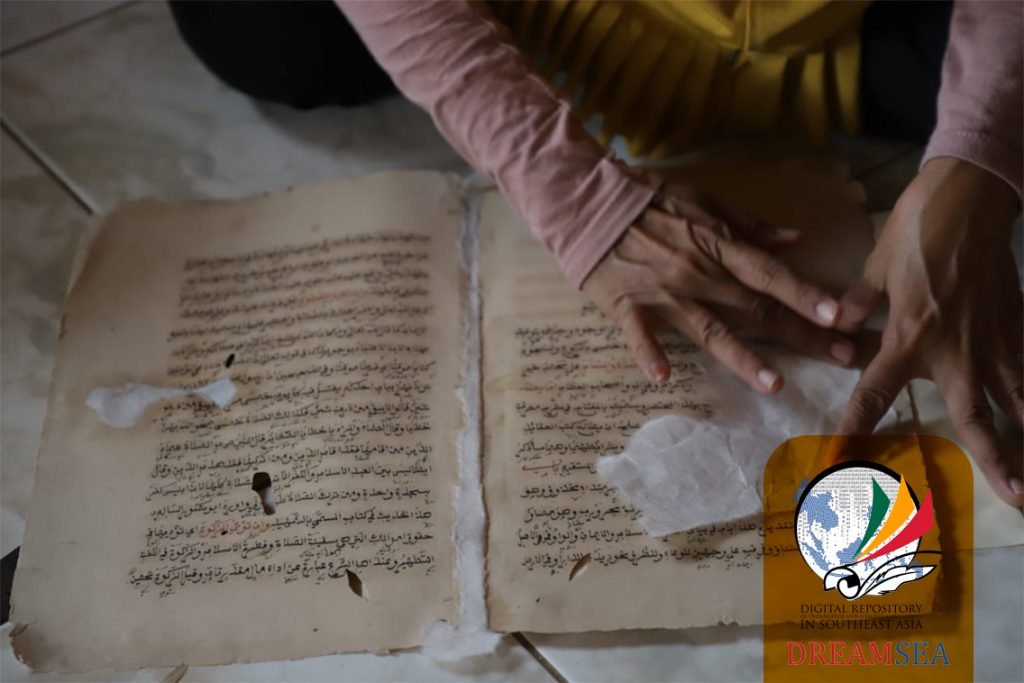
Manuscript Preservation by National Library RI
“By digitizing them, DREAMSEA focusses on safeguarding the contents of the manuscripts. DREAMSEA cooperates with experts from the Indonesian National Library to take care of the physical preservation of the manuscripts” said Adib who is also a teacher at the Syarif Hidayatullah State Islamic University in Jakarta.
For this mission, the National Library has sent three experts to help preserve the manuscripts. They are Eko Sutarko (reproduction experts), Wasiran (bookbinding expert), and Hamida Ernawati (conversationalist). Before being digitised, the manuscripts were put in order according to the damage they had incurred.
The manuscripts will be patched up, holes covered and fragments rearranged in short, the damage caused by insects and maltreatment will be attended to. After having been digitised, the manuscripts will be put in a box made of acid free material to protect them in an effort to make them last longer.
“We can never be sure what the fate of the manuscripts might be in 10 to 20 years to come. This is part of the inheritance of our people and therefore we are obliged to preserve them well. Because of this, digitising and preservation efforts have to be made continuously”, said Adib.


